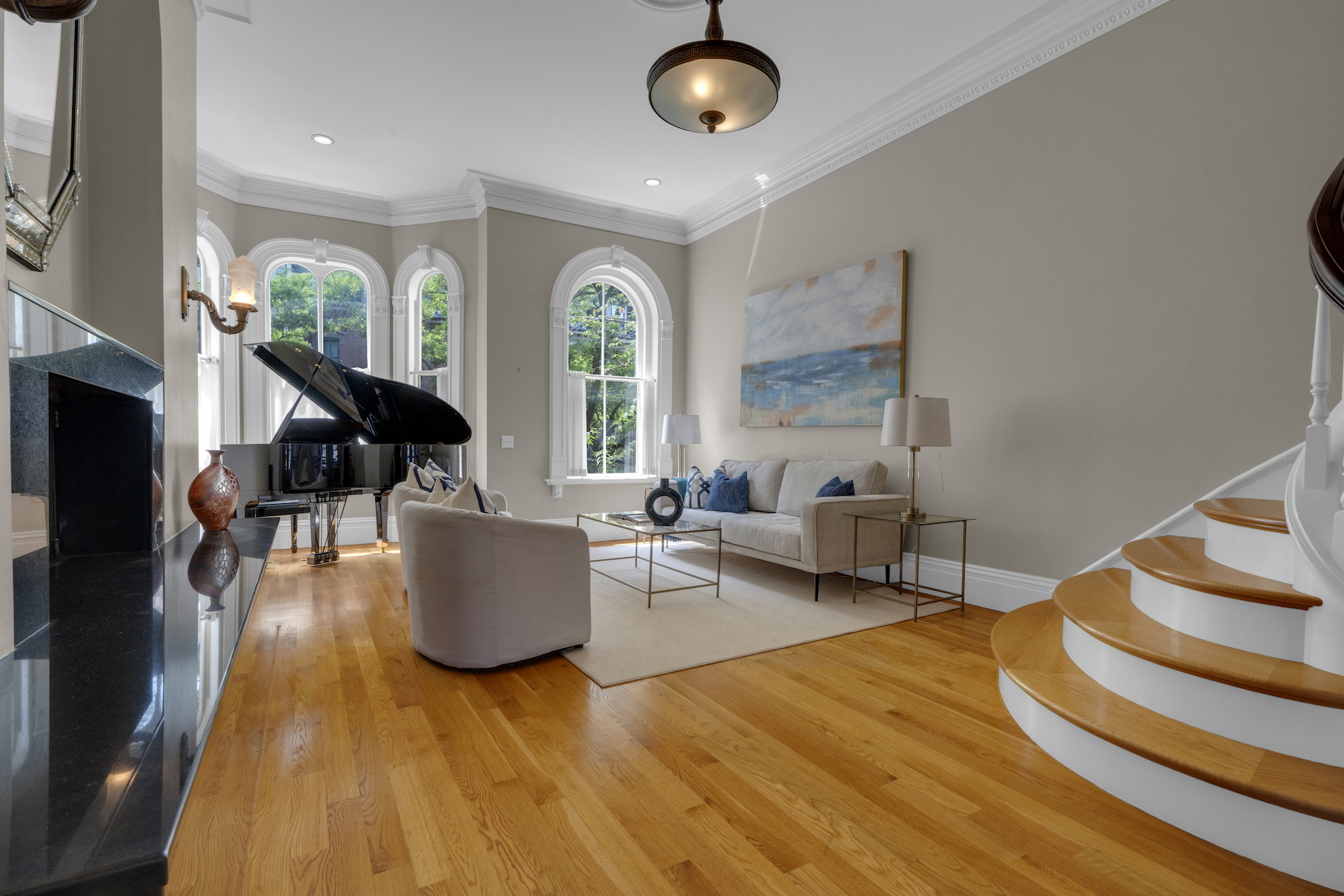It is always a bit sad when a wondrous building with obvious historic and architectural beauty succumbs to the brutality of time, disinterest, or budgetary constraints. It is all the more heartening and uplifting when the same building finally gets the well-deserved refresh, rejuvenating it to its former glory with modern function. Such is the story of The Cathedral of the Holy Cross. The Cathedral is not only the seat of the mother church of the Boston Archdiocese, visited by both a Pope and President and visitors and residents, but is also a cornerstone of the Boston SouthEnd and a beautiful hallmark of the area’s revitalization.

Designed by the renowned Patrick Keeley, architect of over 600ecclesiastical buildings throughout the eastern states, the Cathedral was built in the Gothic Revival style providing a distinctive contrast to the architecture of the time encompassing brownstones and brick facades.
The Gothic style was originally developed to solve architectural issues of the 10th and 11th centuries during which time castles and churches were built to be functional, yet often dark, damp, and cold as well. Gothic structures were not only functional but also beautiful, and featured open areas filled with light and space. Keeley designed the Cathedral with pointed arches, vaulted ceilings and a monumental façade that swept upward with height and grace. Adding the glorious giant stained-glass windows, provided the South End with a work of art for parishioners and passersbys. Purposefully massive, the cathedral was the largest in New England at the time of completion.
Like many historic buildings surviving through the mid twentieth century, the Cathedral of the Holy Cross suffered from well-meaning yet underthought renovations. These downplayed or even obscured original artwork and architectural elements with an unbalanced feel and products of the times such as paints, varnishes, and veneers. The Cathedral also became lackluster, its original flooring covered with carpeting, and its furnishings lacking the cohesion that was in place at the time of its original construction.
In 2017, The Archdiocese of Boston engaged Elkus Manfredi Architects, Evergreene Architectural Arts, and Henninger’s Inc. to execute a$26 million renovation. The renovation updated, improved, and added to the historic cathedral’s infrastructure, and included a modernized electrical system, new fire protection features, and full handicap accessibility. At the same time, original artwork and aesthetics, both inside and out, went through a rigorous restoration which included the addition of new marble flooring, restored pews, and the building of a new altar in a traditional motif. These improvements transformed the cathedral into a functional modern space while maintaining the original vision of Patrick Keeley.

2019 was the year during which the Cathedral of the Holy Cross was successfully restored to its former glory. The Cathedral was revitalized through the determination and efforts of present day citizens who wanted to ensure that this marvel of the past can be enjoyed far into the future.














